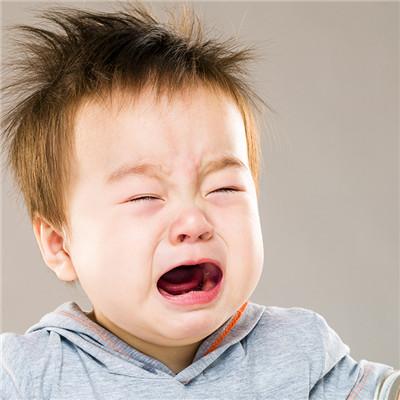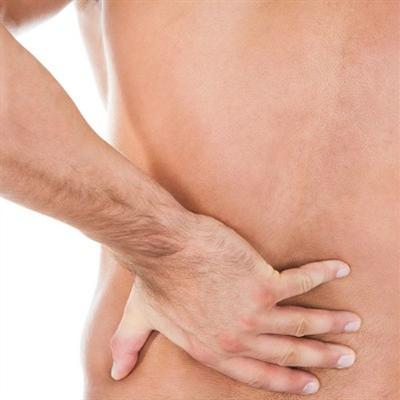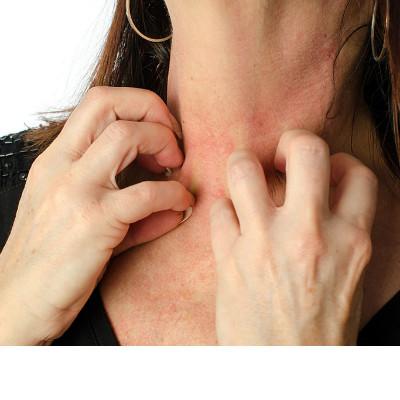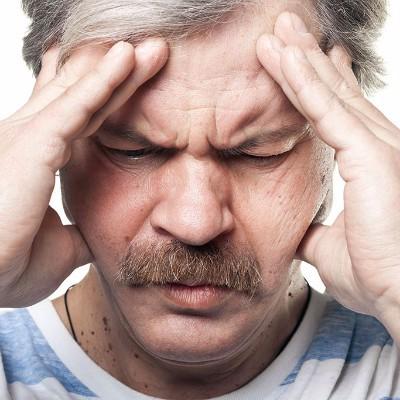Sacrococcygeal cyst symptoms?
summary
Sacral canal cyst belongs to dural cyst, originated from spinal cord capsule, so it is called "spinal canal meningeal cyst". The incidence rate of sacral cyst in the population is not exact. Since the MRI examination has been widely applied in clinic, the discovery rate of sacral cyst has become more and more high, which has caused great concern for patients. In fact, understanding the causes and treatment of sacral cyst can greatly reduce this concern. Sacrococcygeal cyst symptoms? Let's talk about it
Sacrococcygeal cyst symptoms?
Most of the patients without spinal nerve root fiber had no symptoms; 25% of patients with epidural spinal cyst containing spinal nerve root fibers had symptoms. There are sensory and motor nerves innervating sellar area, dorsal thigh and perineal area in sacral canal, as well as parasympathetic nerve fibers innervating urination and defecation.
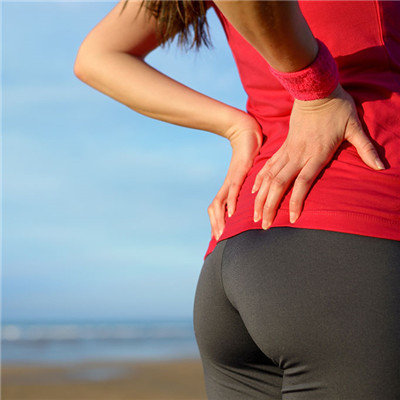
Therefore, the main clinical manifestations of sacrococysts are chronic pain and discomfort in the lower waist, sacrococcygeal region and perineum; It can also be accompanied by pain in the back of the thigh, sciatica, and even neurogenic claudication. Sacral cysts are meningeal cysts, not tumors, and have no possibility of malignant transformation.
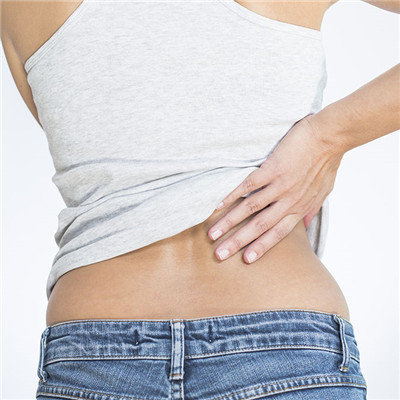
The pressure of cerebrospinal fluid in the cyst is increased, which oppresses the surrounding sacral nerve and bone. In severe cases, it can cause bone destruction. If the cyst continues to compress the peripheral nerve fibers, severe patients will have sensory, motor dysfunction, and even abnormal urination and defecation function. Rare cases of chemical inflammation caused by cyst rupture.

matters needing attention
After operation, the patients should take the prone position with head low and hip high as far as possible, and the wound should be compressed by sandbags. After 1 week, the patients should wear a apron, and after 3 weeks, they should take functional exercise.


